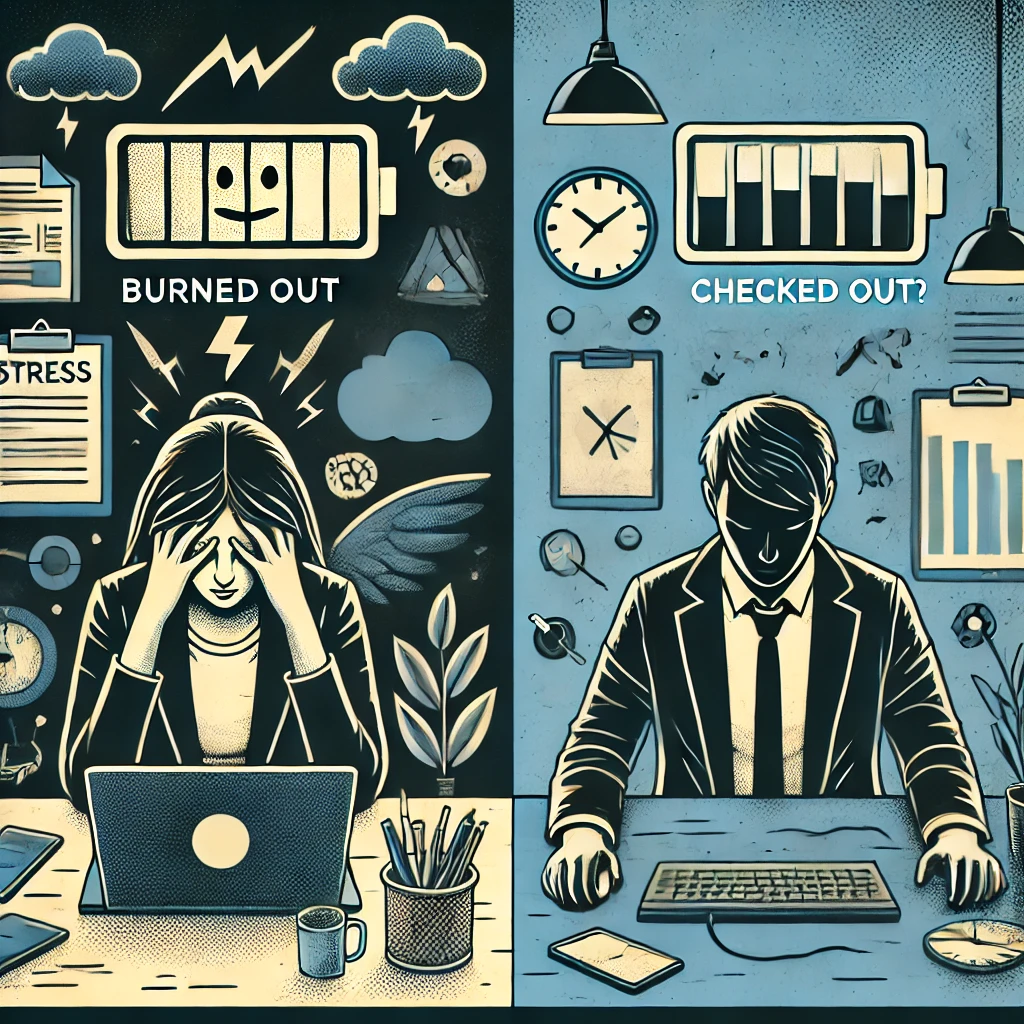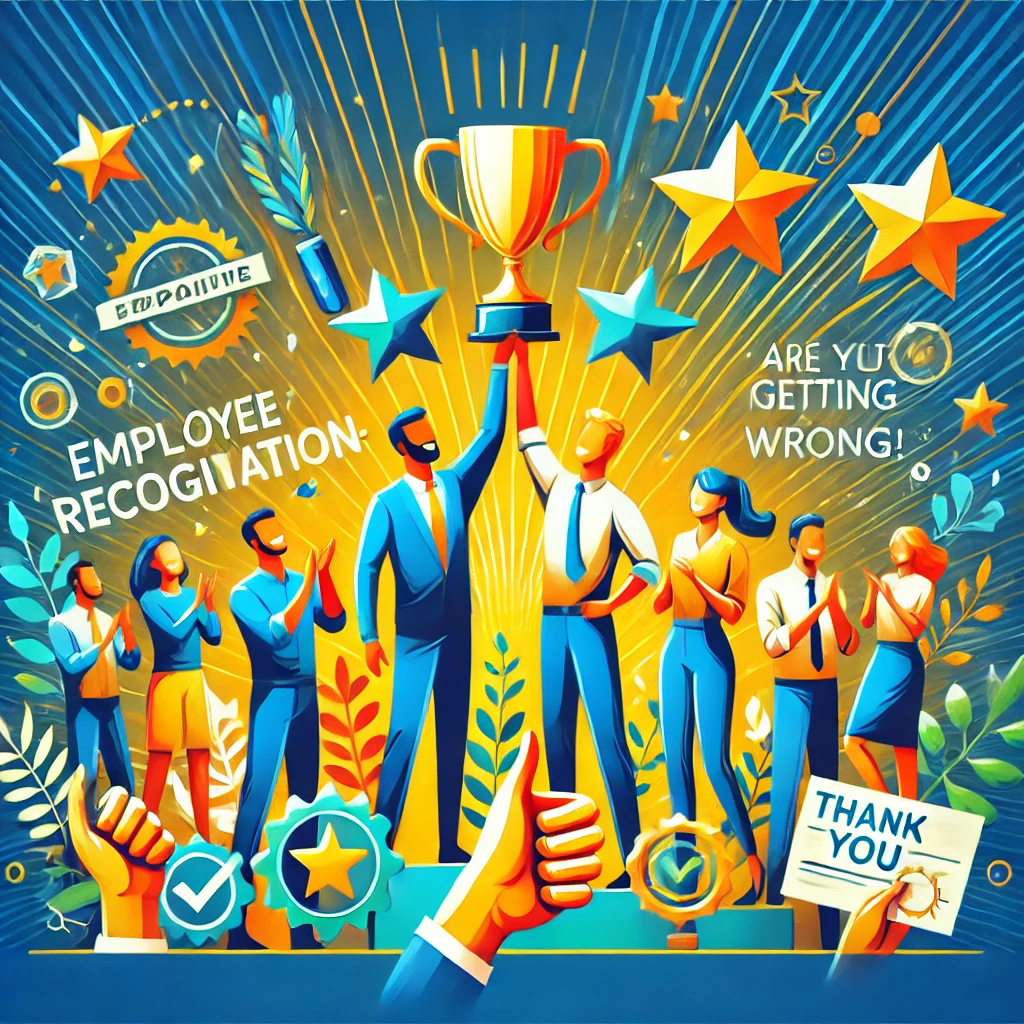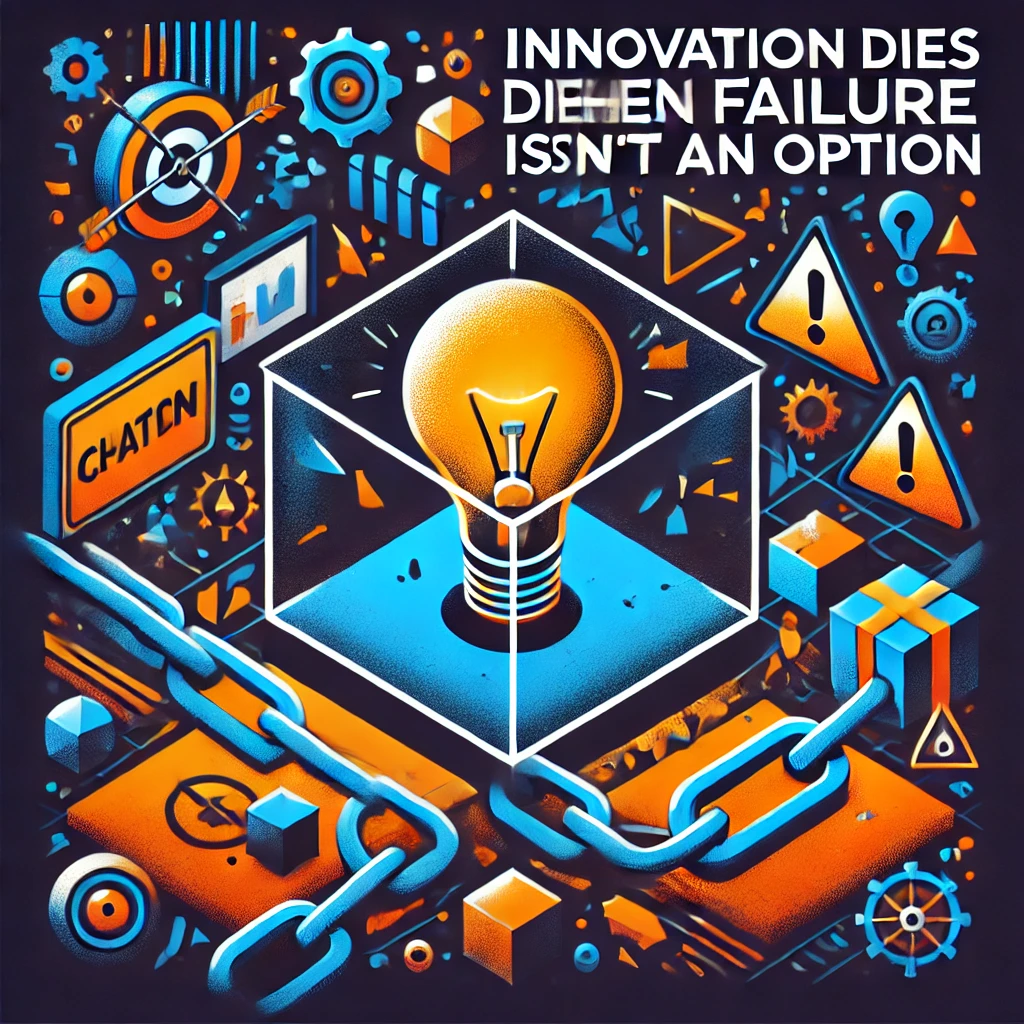Let’s face it—we’ve all been there. That feeling of dragging yourself out of bed on a Monday morning, staring blankly at your laptop, and wondering how you’ll make it through the day. Now, occasional tiredness is normal. But when it becomes a constant state of exhaustion, disengagement, and frustration, it could be burnout knocking on the door. The scary part? If unchecked, burnout can lead to something much worse—resignation.
In today’s fast-paced work culture, especially in India’s high-pressure corporate environments, burnout is silently creeping in. Employees are clocking in longer hours, responding to emails late at night, and sacrificing their well-being just to stay afloat. But how do we spot burnout before it pushes someone to quit? Let’s talk about it.
What Exactly is Burnout?
Burnout isn’t just about being tired. It’s a state of chronic physical and emotional exhaustion, often accompanied by feelings of cynicism and a reduced sense of accomplishment. The World Health Organization (WHO) officially recognized burnout as an occupational phenomenon, not a medical condition. That says a lot, doesn’t it?
It usually builds up over time, often going unnoticed until it’s too late. Think of it like a slow leak in a tire. You may not notice it at first, but eventually, it goes flat.
Early Signs of Burnout
- Constant Fatigue:
It’s more than just feeling sleepy. It’s waking up tired, feeling drained throughout the day, and no amount of rest seems to help. - Loss of Motivation:
Remember when you were excited about that new project? Now, you can’t even muster the energy to start. That’s a red flag. - Irritability and Mood Swings:
Small issues start feeling like huge problems. You find yourself snapping at colleagues or feeling annoyed over minor things. - Declining Performance:
Deadlines are missed, tasks pile up, and even simple work feels overwhelming. - Withdrawal from Colleagues:
Skipping team lunches, avoiding meetings, or just zoning out—these are subtle signs of disengagement. - Neglecting Self-Care:
Skipping meals, not exercising, or sacrificing sleep to work more? That’s burnout creeping in.
Why Do Employees Burn Out?
- Unmanageable Workload:
Taking on too much with too little support leads to exhaustion. A friend in a marketing agency told me how she juggled multiple campaigns alone because the team was understaffed. Eventually, she left because it was just too much. - Lack of Control:
When employees feel they have no say in decisions that affect their work, frustration builds up. - Poor Work-Life Balance:
With remote work, the line between work and home life has blurred. It’s easy to fall into the trap of “just one more email.” - Unclear Job Expectations:
Not knowing what’s expected can make employees feel like they’re constantly failing, even when they’re working hard. - Lack of Recognition:
When hard work goes unnoticed, motivation dwindles. Everyone wants to feel valued.
How to Spot Burnout Early
- Regular Check-Ins:
Managers should have casual one-on-one conversations. Ask, “How are you really doing?” and mean it. - Watch for Behavioral Changes:
Is someone who was once proactive now missing deadlines? Or has a usually cheerful employee become withdrawn? These shifts speak volumes. - Monitor Workloads:
Keep an eye on who’s taking on too much. Encourage delegation and support when needed. - Anonymous Feedback Channels:
Sometimes employees are hesitant to speak up. Offer ways for them to share concerns anonymously.
How Leaders Can Prevent Burnout
- Encourage Work-Life Boundaries:
Set clear expectations. No emails after working hours. Lead by example—if leaders respect boundaries, teams will too. - Promote Mental Health Awareness:
Offer wellness programs, counseling services, or even simple things like mental health days. Infosys and TCS have been proactive in this area by providing access to mental health resources. - Recognize and Reward Effort:
Celebrate achievements, big or small. A simple “Thank you” can go a long way. - Provide Growth Opportunities:
Sometimes burnout stems from stagnation. Offer skill development programs, mentorship, and opportunities for career advancement. - Foster a Supportive Culture:
Encourage open conversations about workload, challenges, and mental health without fear of judgment.
Personal Responsibility: Recognizing Burnout in Yourself
- Listen to Your Body:
Persistent headaches, insomnia, or stomach issues can be signs of stress. Don’t ignore them. - Set Boundaries:
Learn to say no. Prioritize tasks and delegate when possible. - Take Breaks:
Even a five-minute pause can reset your mind. Go for a walk, stretch, or just breathe. - Seek Support:
Talk to someone—a manager, a friend, or a counselor. Sharing your feelings can provide relief and solutions.
Real-Life Example
During the pandemic, a colleague of mine was managing remote teams across different time zones. She worked odd hours, skipped meals, and hardly slept. Eventually, she reached a breaking point and resigned. If her managers had spotted the signs—missed deadlines, irritability, and withdrawal—things might have been different. Her story isn’t unique, and that’s why recognizing burnout early is crucial.
Final Thoughts
Burnout doesn’t happen overnight. It’s a slow build-up of stress, exhaustion, and disengagement. But it’s preventable. By paying attention, fostering open communication, and valuing employee well-being, organizations can stop burnout in its tracks—long before it leads to resignation.
So, let’s shift the focus from squeezing more out of employees to supporting them in doing their best work. Because at the end of the day, a healthy, engaged employee is a productive one.








